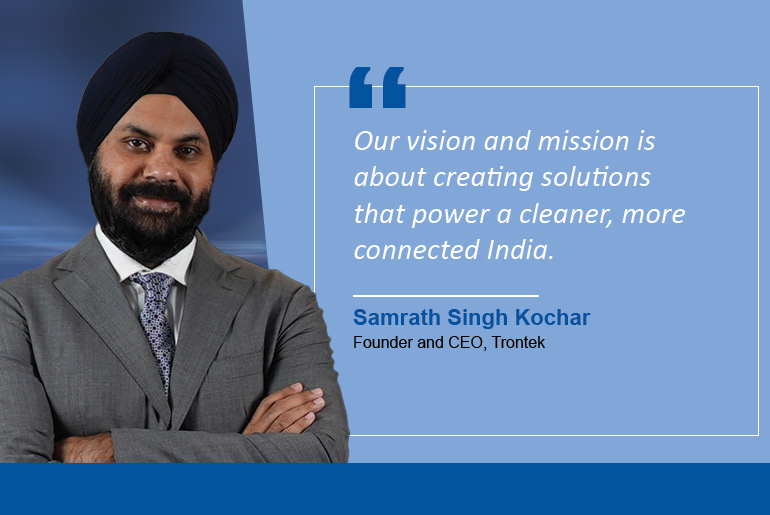India’s energy transition is a fast-unfolding reality. Over 50% of 3-wheelers, about 5% of 2-wheelers, and 2% of cars bought in 2024 are EVs. The Indian EV battery market is projected to surge from US$ 16.77 billion in 2023 to a remarkable US$ 27.70 billion by 2028. Indian automakers will launch nearly a dozen new EVs in 2025, focusing on premium models, as India’s EV sales rose 20% despite slowing global demand, with a 30% target by 2030.
The Rise of Clean Mobility:
For decades, India’s transport and energy sectors were heavily dependent on fossil fuels. But today, rising urban pollution, climate awareness, and the volatility of global oil markets have pushed India to rethink its approach to mobility. What began with electric rickshaws and scooters has grown into a thriving ecosystem, encompassing everything from EV manufacturing and charging infrastructure to energy storage and battery management systems. Challenges like battery safety, range anxiety, upfront costs, and limited charging infrastructure are being actively looked into by stakeholders.
To continue addressing these challenges, what the sector urgently needs are scalable, safe, and locally manufactured battery solutions that not only power vehicles but also fuel the nation’s vision for a sustainable tomorrow.
India’s EV Industry Pulse:
India’s EV growth is being led by two- and three-wheelers. Commercial fleet electrification, covering delivery vehicles, taxis, and last-mile logistics, is gaining traction, pushed forward by stringent emission regulations and the drive for cost-effective operations.
This growth is being matched by innovation across the board. Startups are introducing AI-enabled battery analytics, connected charging stations, and new service models like battery-as-a-service (BaaS), all aimed at solving the sector’s scalability and lifecycle issues. Meanwhile, initiatives such as the Production Linked Incentive (PLI) scheme for advanced chemistry cells are promoting domestic manufacturing, helping reduce dependence on imports and strengthening India’s battery value chain.
Another emerging trend is the rise of urban micro-mobility. In densely populated cities, lightweight electric two-wheelers and shared mobility platforms are fast becoming preferred modes of transport. This is creating demand for compact, high-efficiency batteries optimized for short-range commutes—driving further innovation in battery design and modularity.
In addition, the focus on battery recycling and second-life applications is intensifying. India is working towards creating a circular battery economy that extends battery life through reuse and responsible disposal. Battery tech providers are beginning to invest in recycling capabilities, ensuring minimal environmental impact while extracting maximum economic value from raw materials.
The next chapter of India’s clean energy journey extends far beyond vehicles. It’s about creating interconnected energy ecosystems. Concepts like decentralized storage, solar-powered transportation, and grid-integrated EVs are shaping the conversation around balancing environmental sustainability with industrial growth.
Several forward-looking battery solution providers in India are already exploring these horizons. Their research is focused on how battery technology can play a vital role not only in mobility but also in applications such as smart cities, energy backup systems, and greener industrial operations.
In a country where transportation and industry together account for a majority of the total energy consumption, electrification isn’t just an option, it’s a necessity. The way forward demands not just global solutions but localized innovation, products made for India, by India. And in that journey, the resilience, vision, and ingenuity of homegrown companies will determine how far and how fast we can go.
The Vision for the Future:
This is where indigenous battery innovators are making a measurable impact. For instance, Trontek is now powering key sectors like electric two- and three-wheelers, solar street lighting, and industrial equipment.
The company’s strength lies in chemistry flexibility and indigenous R&D. By offering both NMC (Nickel Manganese Cobalt) and LFP (Lithium Iron Phosphate) battery solutions, we meet the market’s diverse needs, balancing performance and cost-efficiency, especially critical in India’s cost-sensitive yet aspirational EV landscape.
Our vision and mission is about creating solutions that power a cleaner, more connected India.

